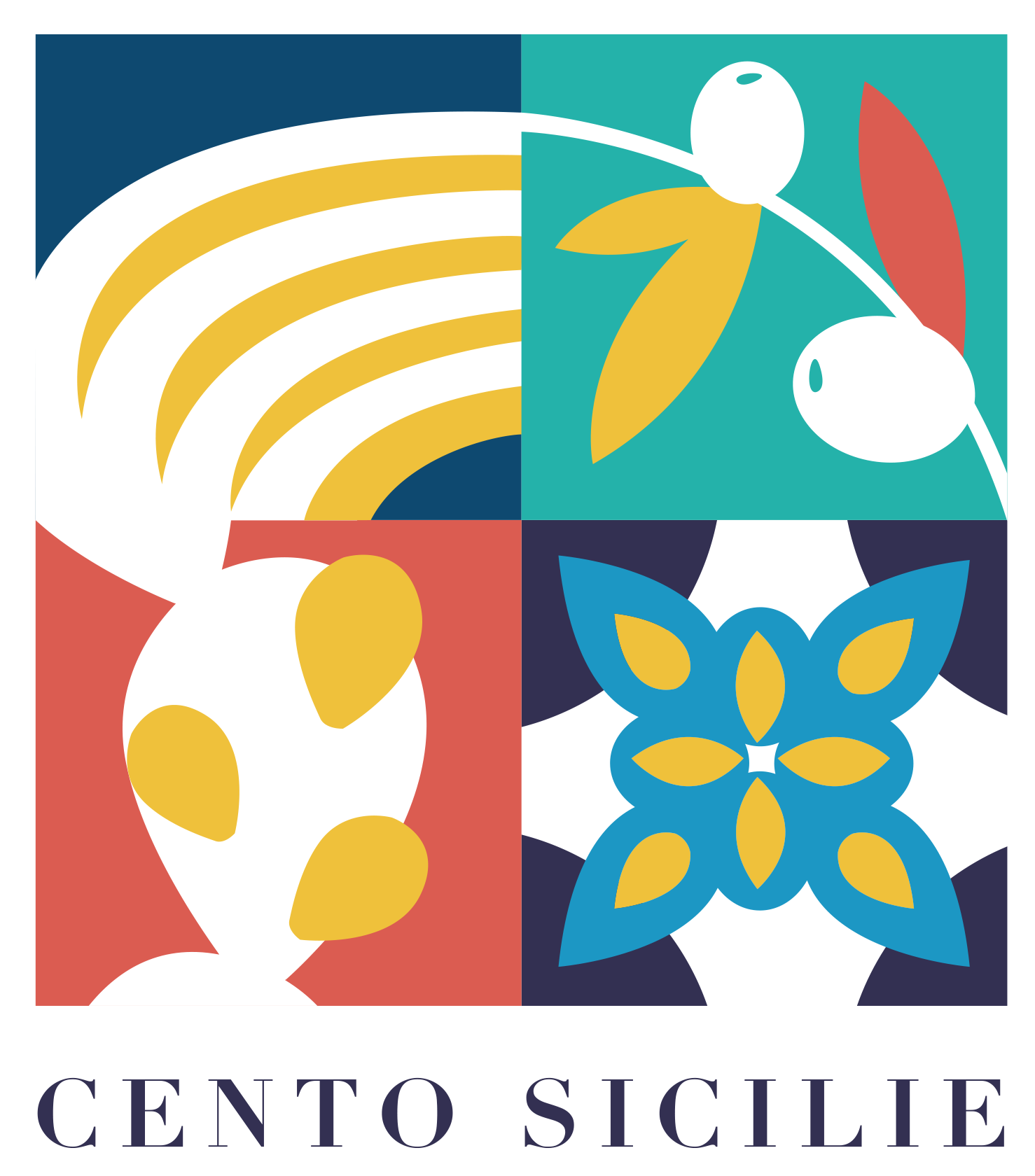Sciacca, places of art and culture
The Agrigento area is full of interesting places such as Sciacca, the most populous town in the province of Agrigento. A city with particular traditions which, combined with the many monuments it hosts, make it a decidedly attractive destination.
The history of Sciacca
There are various versions of the origin of the name Sciacca. Among these is the idea that it derives from the Arabic deaf verb “sh-q-q”, which means “to divide”, “to separate”. This is because, since the beginning of Muslim rule in Sicily, it was located on the border between two provinces, namely Marsala (of Arab domination) and Girgenti (belonging to the Berbers).
The first evidence of the area dates back to the prehistoric period, while later there was the passage of the Phoenicians. In the seventh century BC the inhabitants of Selinunte built a castle in the area of today’s Sciacca, founding a subcolony that they called Terme Selinuntine. Later it was the scene of two important battles during the Punic wars, while in the third century AD. changed its name to Acquae Labodes.
Arab rule began in 840, leading to major changes in the urban planning and cotton industry. In 1087, however, Sciacca was conquered by the Normans and annexed to the County of Sicily. The following domain was of the Swabian brand, which led to Sciacca the status of a state-owned city and to enjoy various privileges.
In the most modern era, the city participated with its patriots in the revolts for independence from the tyranny of the Bourbons of the Kingdom of Sicily. Later it became the capital of a district of the province of Girgenti and, during the Second World War, the seat of an area base being a strategic point in the Mediterranean.
Places to visit in Sciacca
Among the monuments of interest in the city there are numerous religious buildings. One of the most important is the church of Maria Santissima del Soccorso, also called the Mother Church or Mother Church. Dating back to the 12th century, it was then rebuilt in 1656 and took on the name it still has today (while it was previously dedicated to Santa Maria Maddalena). The church has three large naves, with monumental Norman-style arches and Ionic columns. The facade is decorated with columns, arched portals and three sculptures by Giandomenico and Antonino Gagini. The vault of the central nave is decorated with a fresco on the life of Saint Mary Magdalene, the work of Tommaso Rossi. In July 1991, Pope John Paul II raised the church to the dignity of a minor basilica.
Among the many churches that could be mentioned, those dedicated to Santa Maria delle Giummare, Sant’Agostino and San Francesco deserve a mention. Also interesting is the Sanctuary of San Calogero, built in the eighteenth century and enriched by a rich Baroque decoration. Inside it houses the statue of San Calogero, sculpted by Antonello Gagini in 1535 and delivered by his son Giacomo Gagini in 1538.
Main activities and events
In addition to visiting the many churches in the city, there are many other interesting buildings to see or visit. In Sciacca there are also some architectures of a military nature such as the Bell Tower, the Medieval Tower and the Torre del Pardo. The presence of two castles should also be emphasized: the New one (built in 1380 by Guglielmo Peralta) and the Old one (built in the 12th century during the Norman invasion of Sicily).
Sciacca is also famous for its Carnival, among the most both at regional and Italian level. The festival consists of a parade of allegorical floats and mini-floats, with the related masked groups in tow and which is opened by the delivery of the keys to the city to Peppa Nappa (typical Sicilian mask). The floats are then judged and a winner is declared each year. An opportunity that can push many tourists to visit Sciacca during the Carnival period.
Typical cuisine and dishes
On a culinary level, Sciacca takes up many traditions of Sicilian cuisine. Among the typical dishes that can be tasted in this area are pasta with sardines, red snapper in salt and spaghetti with sea urchins. A typical dessert of this town in Agrigento are the cucchitelle alla saccense (glazed pastries made with almond paste stuffed with pumpkin).
To taste these and other delicacies, there are many places that combine the quality of the courses at affordable prices. Among the names that deserve a mention are: Osteria Il Grappolo, Trattoria Il Faro, Trattoria Mokarta and Trattoria La Vecchia.
Beaches in Sciacca
Among the best beaches in the area is the Sovareto Beach, with fine sand and washed by a crystalline sea. The beach of San Marco is also interesting, in contact with a sea that attracts many diving enthusiasts for the show it offers in terms of flora and fauna.
How to come
To reach Sciacca by car from Palermo you have to take the A29 motorway towards Mazara del Vallo, exit for Castelvetrano, from here continue along the SS 115 for Agrigento. The Sicilian capital is also to be taken as a reference to reach Sciacca by plane, by ship and by train. Speaking of the latter, however, there is also another station nearby and that is Agrigento.


Comment (0)